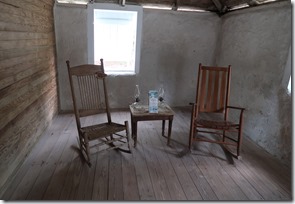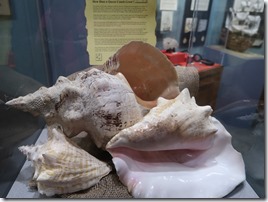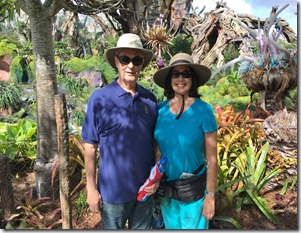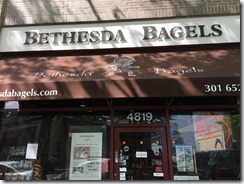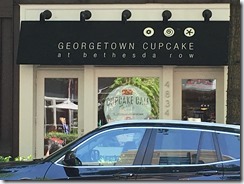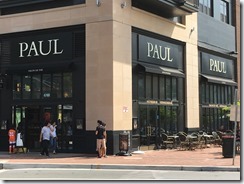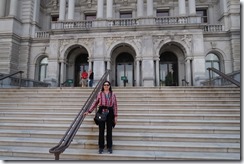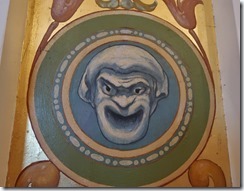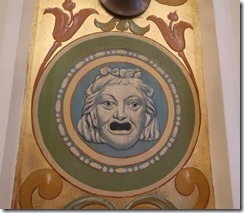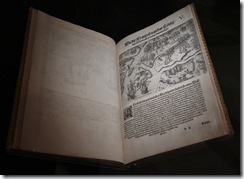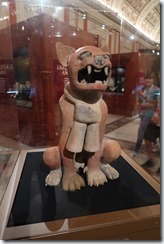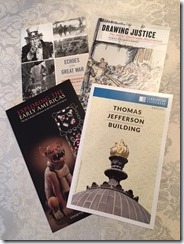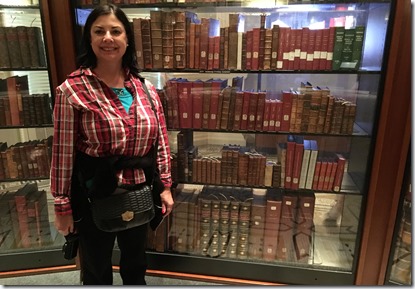Here are notes from some of the workshops I’d attended at Mystery Fest Key West in 2017. Any errors are mine due to my misinterpretation.
Friday started off with a talk by a representative from the Bomb Squad. The bomb squad in Monroe County gets about thirty calls a year. Lots of them involve old military ordinance like torpedoes and grenades, and about eighty percent are still live. Once a mortar round was dug up in a fellow’s yard and it dated back to 1887. Other finds might include acid bombs, pipe bombs, vehicle bombs, flares, and other old explosives that turn up in people’s backyards.


The investigators want to know: What is it? Why is it here? How can we disrupt it? Compressed water will tear the devices apart but won’t set them off. They have to make sure it’s safe while preserving the evidence.
When the guys respond, they keep a distance of three hundred feet or more and stay behind a protective barrier. If they have to go in closer to determine if an object is safe they’ll don helmets and flak jackets. Or they’ll send in the Robot.
The Robot is used for recon and demolition. It costs approximately $265,000 and can run up to seven miles per hour. It has six cameras, some of them encased, and it can climb stairs as well as go in and out of planes and buses. The Robot can take X-rays and can drag up to 300 pounds. It is remote-controlled at a five mile range. The machine runs on dual motorcycle batteries.
Police Myths

James O. Born spoke about police myths and how to make our law enforcement officers more realistic in our stories. He distinguished between the uniformed Highway Patrol officers and the Florida Department of Law Enforcement that’s more of an investigative agency. He spoke about pay and pensions and how patrol is the main job for a cop. They are taught to shoot in order to stop a suspect, not necessarily to kill. Deadly force would be a last resort. Plainclothes is not the same as undercover which involves deception.
I missed some of Lisa Black’s excellent talk on Blood Spatter as I had to prepare for my “Writing the Cozy Mystery” workshop coming next. Then it was time to head over to Hemingway House for an outdoor reception with drinks and appetizers.


On Saturday, Randy Rawls moderated a panel on “Where I Get My Ideas” including John H. Cunningham, David Beckwith, Charles Todd, and Paul Sinor. Next came Heather Graham moderating the interesting discussion on “How to Commit a Perfect Murder” with Lisa Black, Rick Ollerman, Robert Coburn, and Siera London. Here’s how: 1. Don’t Get Caught. 2. Is it really a murder if there’s no body? 3. Poisons have worked well throughout history, especially before modern forensics. 4. If there’s trace evidence, you will get caught. There really isn’t a right answer to this question.


Honored Guest Clifford Irving gave the keynote luncheon speech. Here he is with conference chair, Shirrel Rhoades.

I skipped the next panel, “It Takes a Crook,” to get ready for Cozy Mysteries and Female Sleuths. I moderated a panel about female sleuths where we touched upon many subjects. One of the main points that came across was that women sleuths are more intuitive and compassionate, and these stories often involve interpersonal relationships or family issues.

The evening continued with a special dinner party held at the historical Custom House Museum, which houses displays on the island’s military history.


This is always a fun conference in a relaxed atmosphere with fellow authors and fans who are eager to learn about our books.
<><><>
See all my Florida Keys Photos Here. Click on Photos and then Albums.
Sign up for my Newsletter for my latest book news, giveaways, bonus content, and events. Free book sampler for new subscribers.








